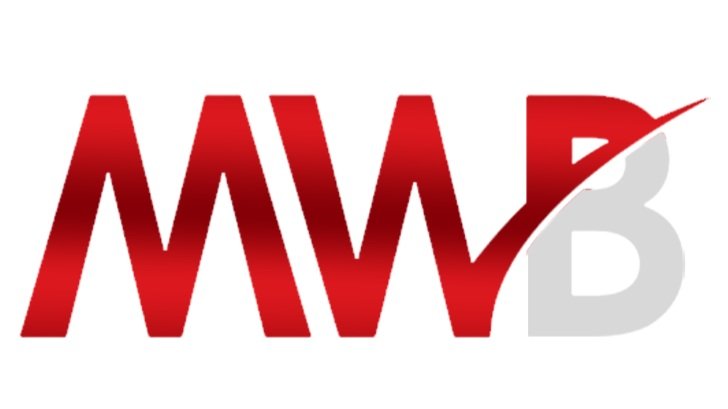Understanding Tax Withholding and Safe Harbor Rules: A Guide for High-Income Earners
Hello everyone, I'm TJ Van Gerven, your host of the podcast "Do More With Your Money". In one of our recent episodes, we delved into the complex world of tax withholding for high-income earners and the importance of understanding safe harbor rules. Today, I'd like to share some key insights from that discussion in a more detailed format.
The Difference Between Withholding and Actual Tax Rate
One of the first things we need to understand is that there's a significant difference between the withholding on your paycheck and your actual tax rate. It's not uncommon for employers to withhold at a higher rate on bonus income compared to regular payroll income. This is done under the assumption that high earners will be pushed into a higher tax bracket. However, this withholding rate may not always be accurate, which can lead to confusion and potential financial missteps.
The Importance of Safe Harbor Limit
To simplify the tax process, I recommend focusing on the safe harbor limit. This limit ensures that as long as you have a certain amount withheld on your taxes, you won't be penalized for under-withholding. It's important to note that you will still owe taxes come filing time. However, the advantage here is that you can keep the extra tax reserve in a high-yield savings account and earn interest on it. This can be particularly beneficial if you have a significant tax bill, as the interest earned can add up and provide a financial cushion.
Calculating Your Safe Harbor Number
So, how do you calculate your safe harbor number? It's simpler than you might think. Look at what you paid in federal taxes from your previous year's return and multiply it by 110%. This ensures that you have 110% of the previous year's federal income taxes withheld. The same concept applies to state income taxes if applicable.
What If Your Income Drops?
On the other hand, if your income drops below the safe harbor number, you may need to make estimated tax payments to avoid penalties. It's crucial to work with a tax professional or financial advisor to determine the appropriate withholding and estimated payments based on your income. They can provide personalized advice tailored to your financial situation, ensuring you stay on the right side of the tax laws.
Final Thoughts
In conclusion, understanding tax withholding and safe harbor rules is essential for high-income earners. It can help you avoid penalties, make the most of your income, and potentially earn extra through interest on your tax reserves. Remember, it's always advisable to consult with a tax professional or financial advisor to ensure you're making the best decisions for your financial health.
Stay tuned for more financial insights on the "Do More With Your Money" podcast. Until then, keep striving to make your money work harder for you.
